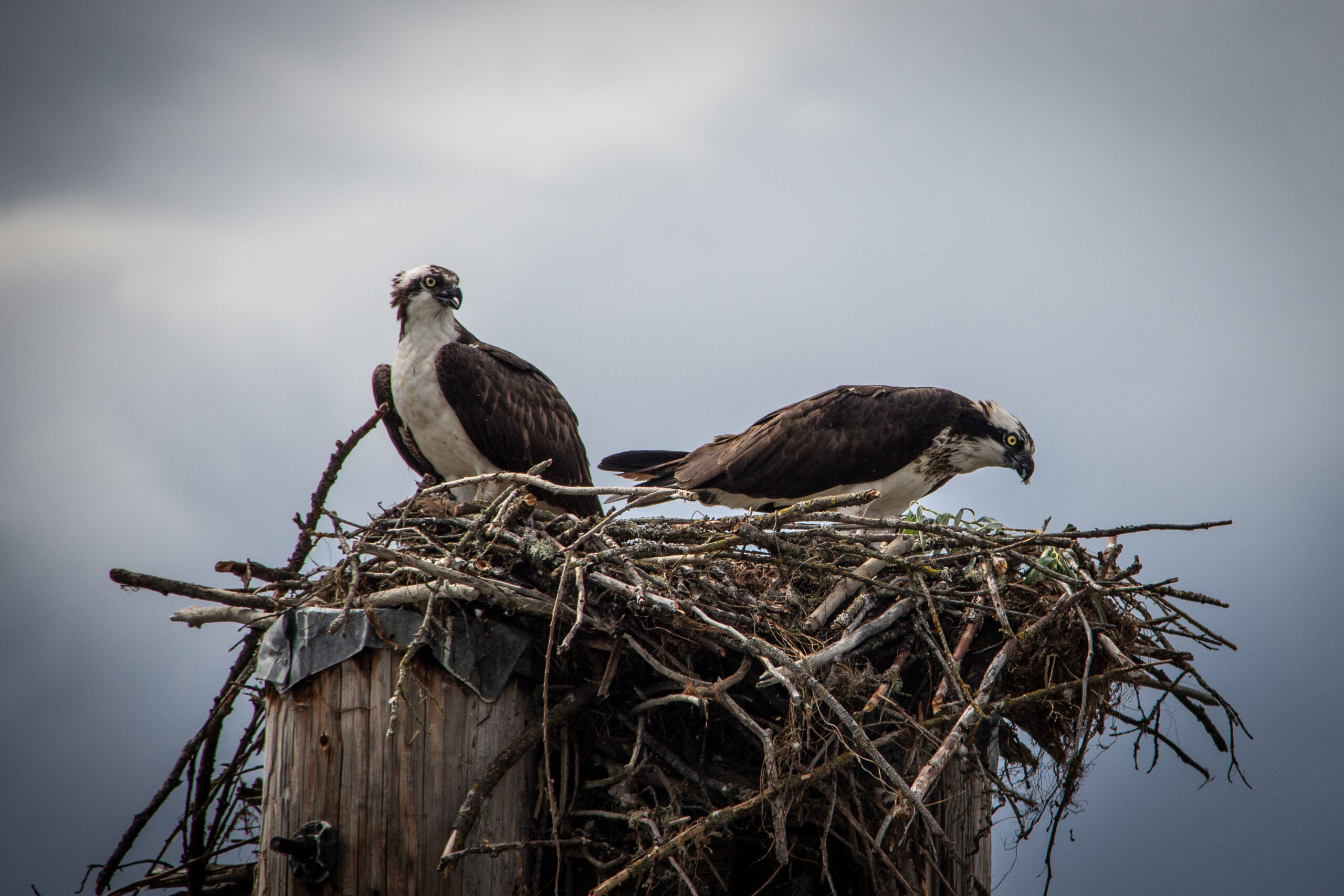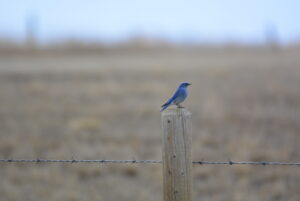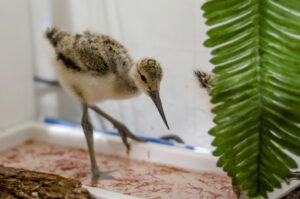by Courtney Collins
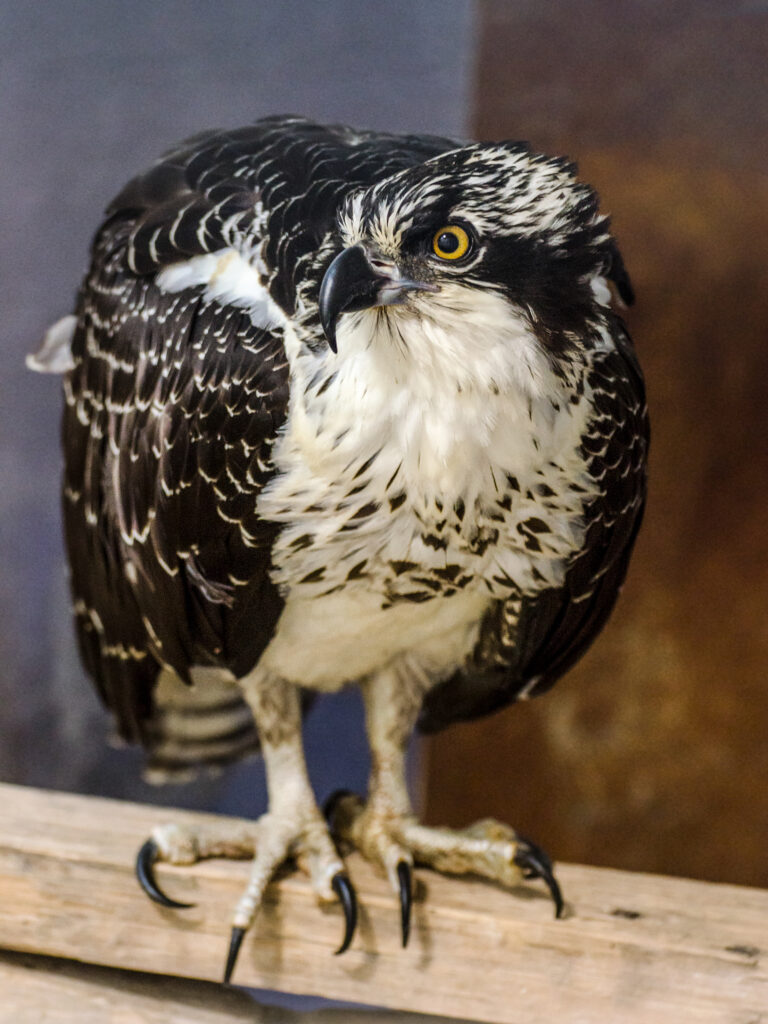
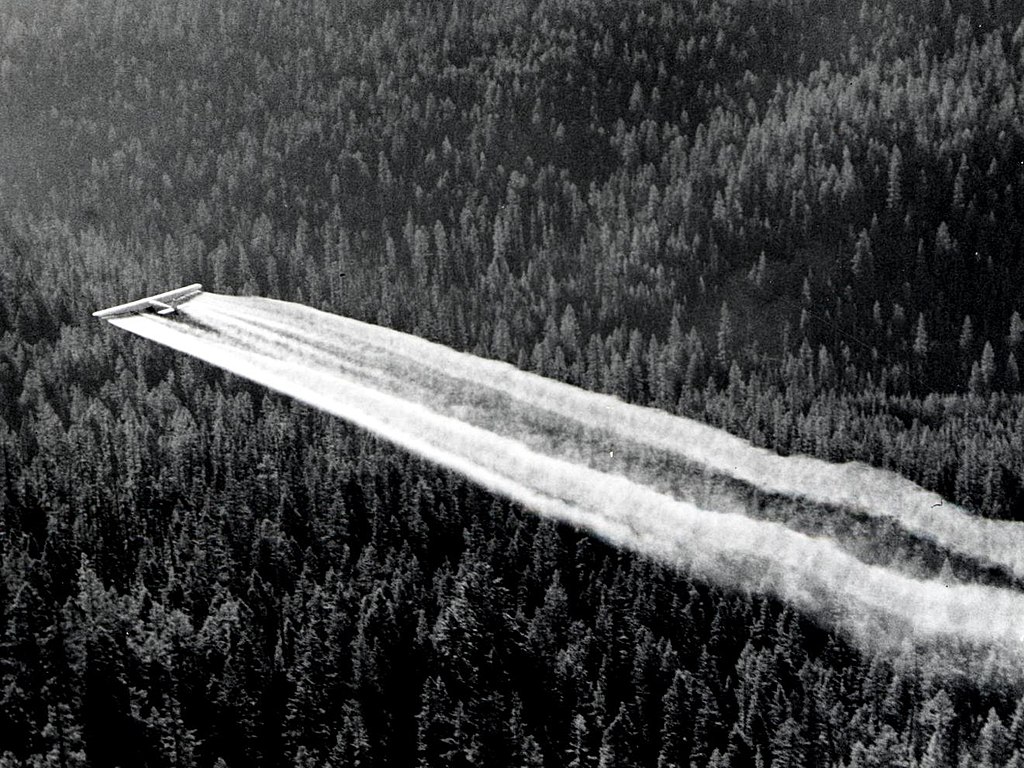
Although Silent Spring was released in 1962, it was still a decade or more prior to DDT being phased out or banned. The sale and use of DDT was banned in 1972 in the United States and was phased out in Canada during the mid-1970’s, with a complete discontinuation in 1990.10 After the phasing out of DDT, osprey populations began to rebound, increasing by ~1.9% annually until 2019 in North America.11 While this is an incredible conservation success, it is important to remain vigilant about pesticide use and recognise that these compounds can have a rapid and detrimental impact on species other than those targeted. Although ospreys are currently listed as having a low risk of becoming endangered in Canada, other threats including pollution and loss of habitat have begun to impact these magnificent birds and should not be ignored.12
You can find this amazing species across Alberta during the summer months near water bodies – if you’re lucky you may even get to see their incredible hunting techniques when they dive to catch a fish.
References
- All About Birds, “Osprey”, The Cornell Lab, n.d. https://www.allaboutbirds.org/guide/Osprey/overview
- Peter J. Ewins, “The Fall and Rise of Osprey Populations in the Great Lakes Basin”, Environment Canada Ontario Region, 1994. https://publications.gc.ca/collections/Collection/En40-222-1-1994E.pdf
- Pete Dunne, “Now Resurgent, Ospreys Once Faced an Uncertain Future”, Audubon, 2018. https://www.audubon.org/news/now-resurgent-ospreys-once-faced-uncertain-future
- Wikipedia, “Silent Spring”, Wikipedia, 2024. https://en.wikipedia.org/wiki/Silent_Spring
- Gokul G. K., “Biomagnification – An Ever-growing Threat”, WCS-India, 2020. https://programs.wcs.org/india/Newsroom/Blog/ID/15443/Biomagnification-An-Ever-growing-Threat#:~:text=Biom
- Paul Ehrlich, David S. Dobkin, and Darryl Wheye, “DDT and Birds”, Stanford, 1988. https://web.stanford.edu/group/stanfordbirds/text/essays/DDT_and_Birds.html
- William Freedberg, “Conservation Success Stories: The Osprey”, Mass Audubon, 2018. https://blogs.massaudubon.org/distractiondisplays/conservation-success-stories-the-osprey/
- Gokul G. K., “Biomagnification – An Ever-growing Threat”, WCS-India, 2020. https://programs.wcs.org/india/Newsroom/Blog/ID/15443/Biomagnification-An-Ever-growing-Threat#:~:text=Biomagnification%20happens%20when%20toxic%20chemicals,accumulated%20in%20the%20higher%20organism.
- Paul Ehrlich, David S. Dobkin, and Darryl Wheye, “DDT and Birds”, Stanford, 1988. https://web.stanford.edu/group/stanfordbirds/text/essays/DDT_and_Birds.html
North American Commission for Environmental Cooperation, “History of DDT in North America to 1997”, Commission for Environmental Cooperation, n.d. http://www.cec.org/files/documents/publications/1620-history-ddt-in-north-america-1997-and-1996-presentation-mexican-ministry-en.pdf
- All About Birds, “Osprey Life History”, The Cornell Lab, n.d. https://www.allaboutbirds.org/guide/Osprey/lifehistory
Nature Canada, “Get To Know This Year’s Featured World Migratory Bird Day Species: Osprey”, Nature Canada, 2023. https://naturecanada.ca/news/blog/get-to-know-this-years-featured-world-migratory-bird-day-species-osprey/

